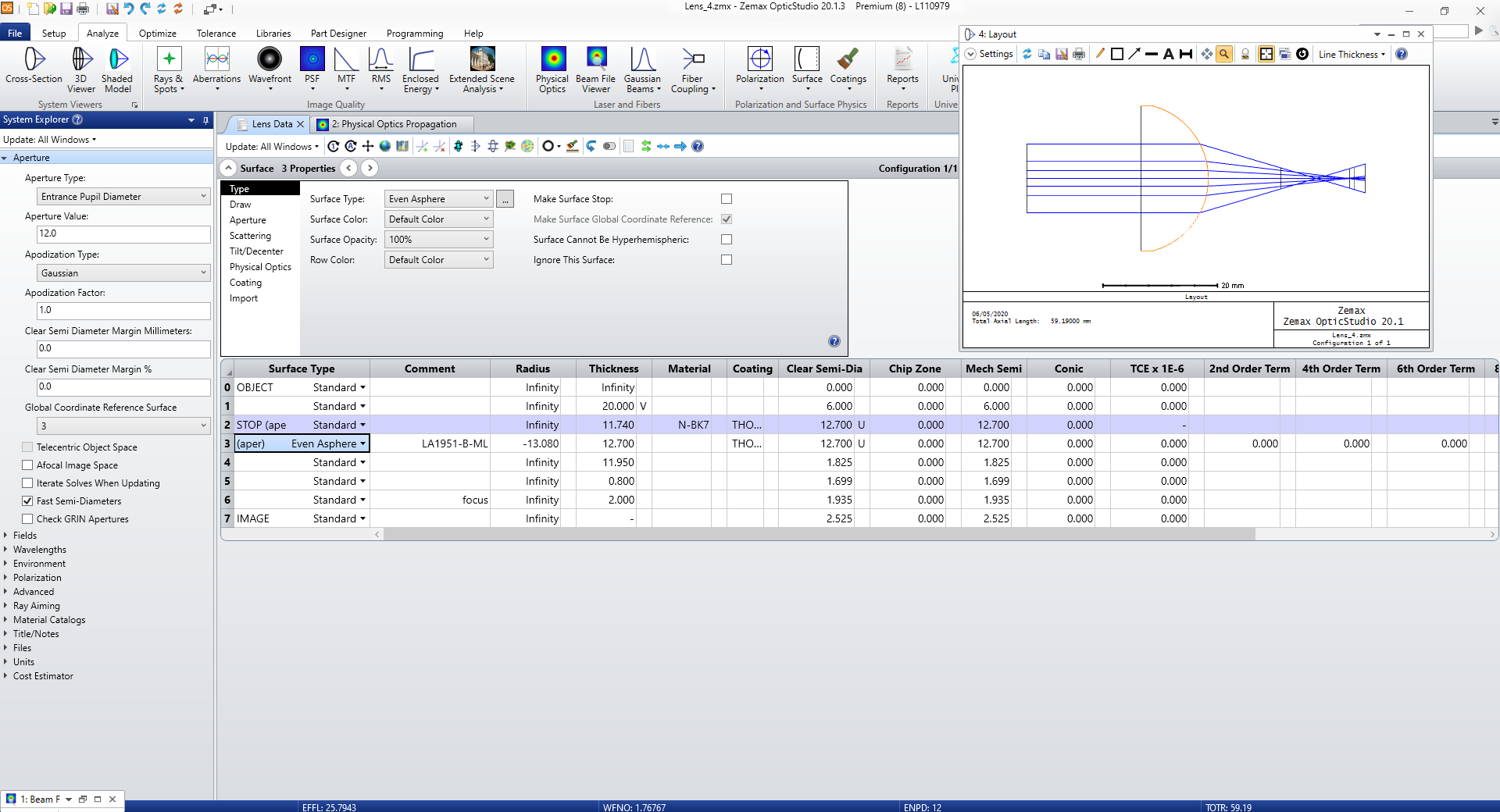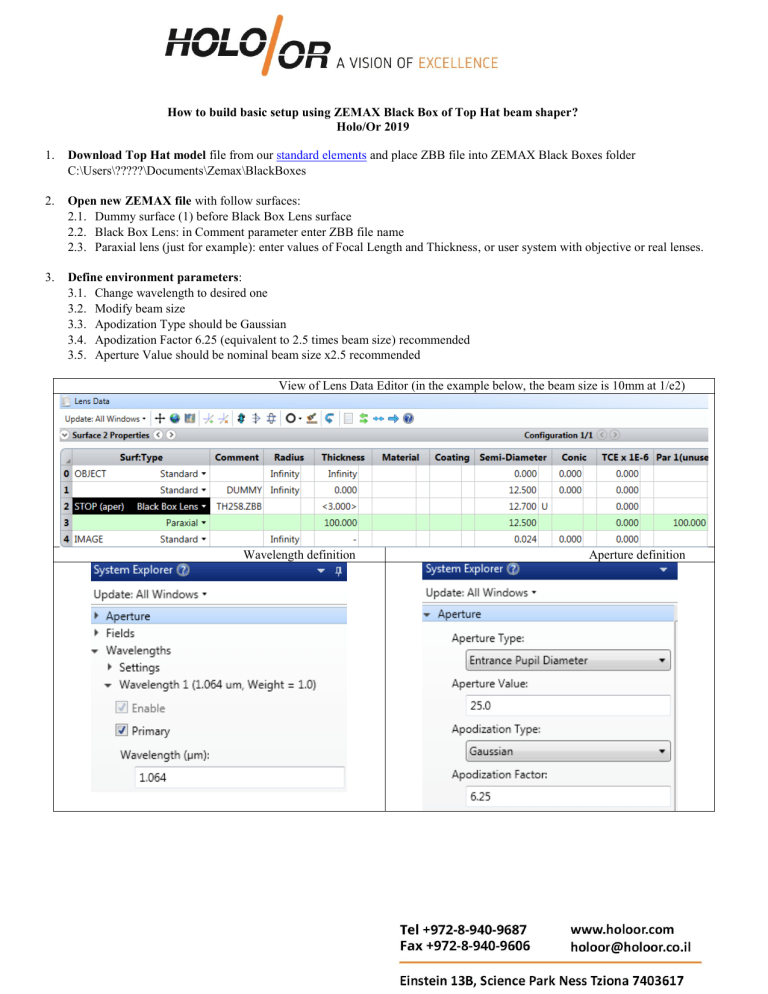

On the Primes page I show how Ken’s observed ghost image in a Sigma lens can be traced to a particular ray path for a matching Sigma lens patent. Ken Rockwell offers well-reasoned lens reviews from a photographer’s perspective, as well as tough looks at chromatic aberration, vignetting, distortion, and stray light. The teardowns offer fascinating views into the optomechanical implementation of these lens designs. The MTF measurements offer an obvious link to Zemax calculations. Two of my favorite resources for such physical observations are and LensRentals offers both well-measured MTF data and detailed teardowns.

Next, many online resources are available for these production lenses, allowing a lens designer to connect optical designs to physical observations of the lenses. First, product realization implies a very high degree of design maturity implemented designs always represent an optimum some kind engineering optimization. This correlation between production lenses and lens design patents is particularly helpful to lens designers for several reasons. Even more helpful for this site, Bill has correlated lens product schematics to lens design patents from around the world. He’s built an interactive raytracing tool, using real raytracing in Java script to allow users to slide aperture, field, or zoom to see the effect of ray intercepts, field curvature, and paraxial lens properties. There’s also good primers on optics and sensors, as well as an excellent section on photographic lenses.īill’s section on lenses is most relevant to this site. There’s technical information on photographic issues such as close-ups, panoramics, polarizers, flash, and post processing. This sensor data is aggregated into a quality score for portrait, landscape, and sports photography. He has measurements on dozens of photographic cameras’ dynamic range, read noise, and gain. It includes a wealth of technical information on photography and photographic equipment. JMajor addition : 438 ptographic lenses contributed by Bill Claff (and linked to production lenses!)īill Claff contributed 438 models of photographic objectives from his website His site is an optical engineering gem. You can contact me on my gmail account: dan dot reiley, or at my LinkedIn account. This site is owned and operated by Daniel J. All design files submitted to the site must also be in the public domain. Please participate in this collaboration.Īll designs are in the public domain, either in patents or publications. A large library can be built by making the site collaborative users can learn from others' efforts via discussions and release notes. This site is intended to build a better design library, by building on collaborative efforts of its users.

These commercial libraries can be quite comprehensive, but the designer misses out on the lessons learned from building the library himself. Many optical engineers have spent significant time building their own individual libraries these individual libraries are instructive to the designer but are necessarily limited in scope and unlimited in time demands. Tasks that can benefit from such a library include choosing a starting point for a new design, finding benchmarks for an existing design, and assessing design targets. A library of lens designs is helpful for the optical engineer.


 0 kommentar(er)
0 kommentar(er)
